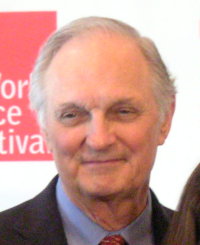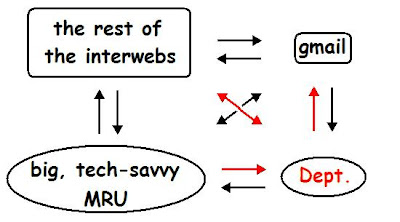...Shift work. Excess incidence of breast cancer has been observed consistently in studies of women with prolonged exposure to shift work involving exposure to light at night (Kolstad 2008; Stevens 2009). Research needs in this area include a) a better definition of what is meant by shift work and related exposure metrics; b) studies of markers of circadian disruption in non–day workers; c) better descriptions of controls and their exposure to light at night; and d) investigation of the effect of variations in expression of circadian genes on cancer in shift workers. An emerging area of interest is the relative toxicity of occupational chemical exposure depending on time of day of that exposure. The marked circadian variations in cell division and DNA repair during the daily cycle are controlled by the circadian genes (Haus and Smolensky 2006; Stevens et al. 2007). Therefore, non–day workers may have very different susceptibility to occupational exposures compared with day workers. Studies are also needed to determine if shift work is associated with other cancers, especially hormonally related cancers, and prostate cancer in particular. If further experimental and epidemiologic evidence confirms a causal association between exposure to light at night and breast cancer, it will be important to develop interventions to reduce the risk.
You can read more here. For details, see the article and relevant references.
Reference
- Ward EM, Schulte PA, Straif K, Hopf NB, Caldwell JC, et al. 2010 Research Recommendations for Selected IARC-Classified Agents. Environ Health Perspect 118(10): doi:10.1289/ehp.0901828











